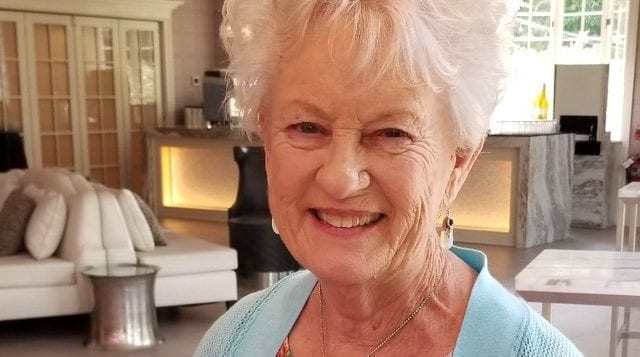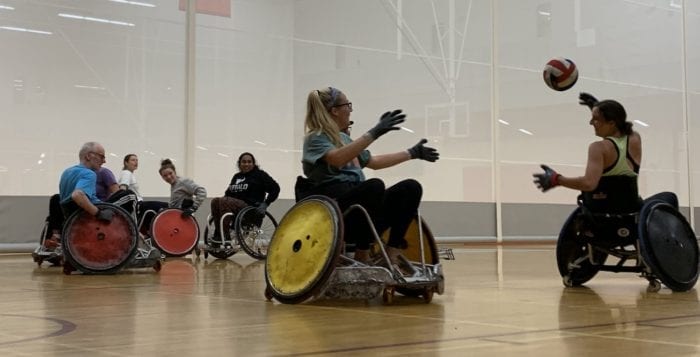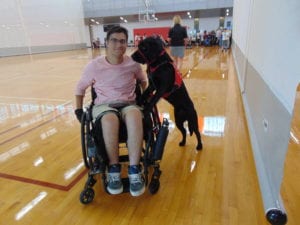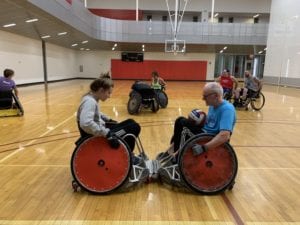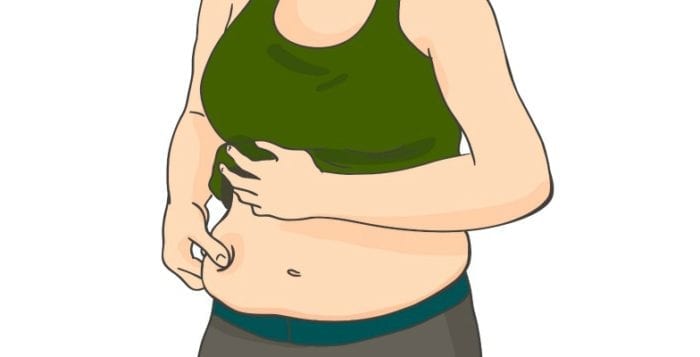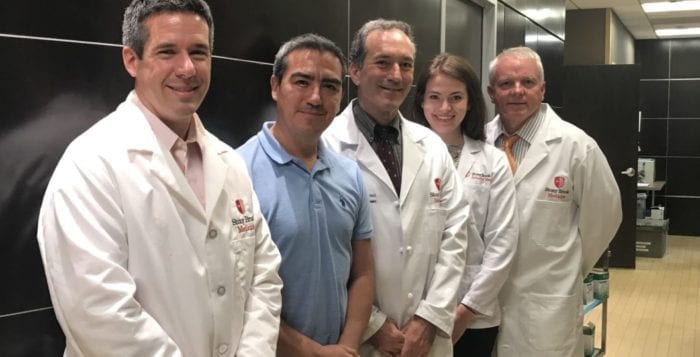Cognitive behavioral therapy may improve outcomes
By David Dunaief, M.D.

Though statistics vary widely, about 30 percent of Americans are affected by insomnia, according to one frequently used estimate, and women tend to be affected more than men (1). Insomnia is thought to have several main components: difficulty falling asleep, difficulty staying asleep, waking up before a full night’s sleep and sleep that is not restorative or restful (2).
Unlike sleep deprivation, patients have plenty of time for sleep. Having one or all of these components is considered insomnia. There is debate about whether or not it is actually a disease, though it certainly has a significant impact on patients’ functioning (3).
Insomnia is frustrating because it does not necessarily have one cause. Causes can include aging; stress; psychiatric disorders; disease states, such as obstructive sleep apnea and thyroid dysfunction; asthma; medication; and it may even be idiopathic (of unknown cause). It can occur on an acute (short-term), intermittent or chronic basis. Regardless of the cause, it may have a significant impact on quality of life. Insomnia also may cause comorbidities (diseases), including heart failure.
Fortunately, there are numerous treatments. These can involve medications, such as benzodiazepines like Ativan and Xanax. The downside of these medications is they may be habit-forming. Nonbenzodiazepine hypnotics (therapies) include sleep medications, such as Lunesta (eszopiclone) and Ambien (zolpidem). All of these medications have side effects. We will investigate Ambien further because of its warnings.
There are also natural treatments, involving supplements, cognitive behavioral therapy and lifestyle changes.
Let’s look at the evidence.
Heart failure
Insomnia may perpetuate heart failure, which can be a difficult disease to treat. In the HUNT analysis (Nord-Trøndelag Health Study), an observational study, results showed insomnia patients had a dose-dependent response for increased risk of developing heart failure (4). In other words, the more components of insomnia involved, the higher the risk of developing heart disease.
There were three components: difficulty falling asleep, difficulty maintaining sleep and nonrestorative sleep. If one component was involved, there was no increased risk. If two components were involved, there was a 35 percent increased risk, although this is not statistically significant.
However, if all three components were involved, there was 350 percent increased risk of developing heart failure, even after adjusting for other factors. This was a large study, involving 54,000 Norwegians, with a long duration of 11 years.
What about potential treatments?
Ambien: While nonbenzodiazepine hypnotics may be beneficial, this may come at a price. In a report by the Drug Abuse Warning Network, part of the Substance Abuse and Mental Health Services Administration (SAMHSA), the number of reported adverse events with Ambien that perpetuated emergency department visits increased by more than twofold over a five-year period from 2005 to 2010 (5). Insomnia patients most susceptible to significant side effects are women and the elderly. The director of SAMHSA recommends focusing on lifestyle changes for treating insomnia by making sure the bedroom is sufficiently dark, getting frequent exercise, and avoiding caffeine.
In reaction to this data, the FDA required the manufacturer of Ambien to reduce the dose recommended for women by 50 percent (6). Ironically, sleep medication like Ambien may cause drowsiness the next day — the FDA has warned that it is not safe to drive after taking extended-release versions (CR) of these medications the night before.
Magnesium: The elderly population tends to suffer the most from insomnia, as well as nutrient deficiencies. In a double-blinded, randomized controlled trial (RCT), the gold standard of studies, results show that magnesium had resoundingly positive effects on elderly patients suffering from insomnia (7).
Compared to a placebo group, participants given 500 mg of magnesium daily for eight weeks had significant improvements in sleep quality, sleep duration and time to fall asleep, as well as improvement in the body’s levels of melatonin, a hormone that helps control the circadian rhythm.
The strength of the study is that it is an RCT; however, it was small, involving 46 patients over a relatively short duration.
Cognitive behavioral therapy
In a study, just one 2½-hour session of cognitive behavioral therapy delivered to a group of 20 patients suffering from chronic insomnia saw subjective, yet dramatic, improvements in sleep duration from 5 to 6½ hours and decreases in sleep latency from 51 to 22 minutes (8). The patients who were taking medication to treat insomnia experienced a 33 percent reduction in their required medication frequency per week. The topics covered in the session included relaxation techniques, sleep hygiene, sleep restriction, sleep positions, and beliefs and obsessions pertaining to sleep. These results are encouraging.
It is important to emphasize the need for sufficient and good-quality sleep to help prevent, as well as not contribute to, chronic diseases, such as cardiovascular disease. While medications may be necessary in some circumstances, they should be used with the lowest possible dose for the shortest amount of time and with caution, reviewing possible drug-drug and drug-supplement interactions.
Supplementation with magnesium may be a valuable step toward improving insomnia. Lifestyle changes including sleep hygiene and exercise should be sought, regardless of whether or not medications are used.
References:
(1) Sleep. 2009;32(8):1027. (2) American Academy of Sleep Medicine, 2nd edition, 2005. (3) Arch Intern Med. 1998;158(10):1099. (4) Eur Heart J. online 2013;Mar 5. (5) SAMSHA.gov. (6) FDA.gov. (7) J Res Med Sci. 2012 Dec;17(12):1161-1169. (8) APSS 27th Annual Meeting 2013; Abstract 0555.




